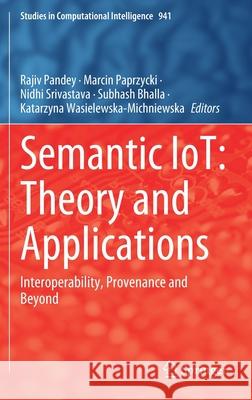Semantic Iot: Theory and Applications: Interoperability, Provenance and Beyond » książka
topmenu
Semantic Iot: Theory and Applications: Interoperability, Provenance and Beyond
ISBN-13: 9783030646189 / Angielski / Twarda / 2021 / 415 str.
Semantic Iot: Theory and Applications: Interoperability, Provenance and Beyond
ISBN-13: 9783030646189 / Angielski / Twarda / 2021 / 415 str.
cena 603,81
(netto: 575,06 VAT: 5%)
Najniższa cena z 30 dni: 578,30
(netto: 575,06 VAT: 5%)
Najniższa cena z 30 dni: 578,30
Termin realizacji zamówienia:
ok. 22 dni roboczych
Dostawa w 2026 r.
ok. 22 dni roboczych
Dostawa w 2026 r.
Darmowa dostawa!
Kategorie:
Kategorie BISAC:
Wydawca:
Springer
Seria wydawnicza:
Język:
Angielski
ISBN-13:
9783030646189
Rok wydania:
2021
Wydanie:
2021
Numer serii:
000318395
Ilość stron:
415
Waga:
0.78 kg
Wymiary:
23.39 x 15.6 x 2.39
Oprawa:
Twarda
Wolumenów:
01
Dodatkowe informacje:
Wydanie ilustrowane











